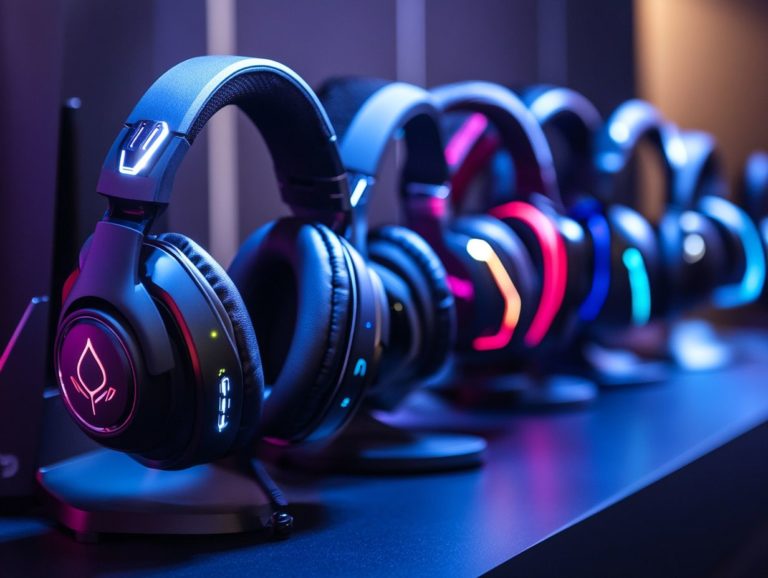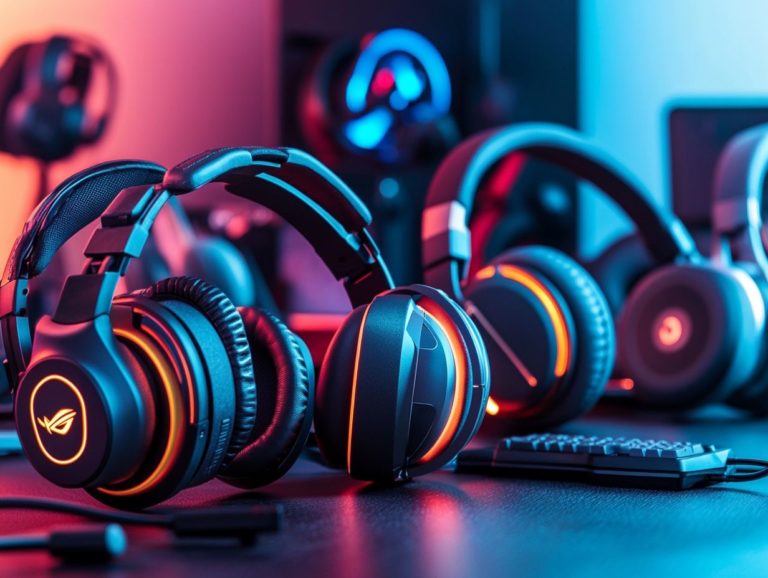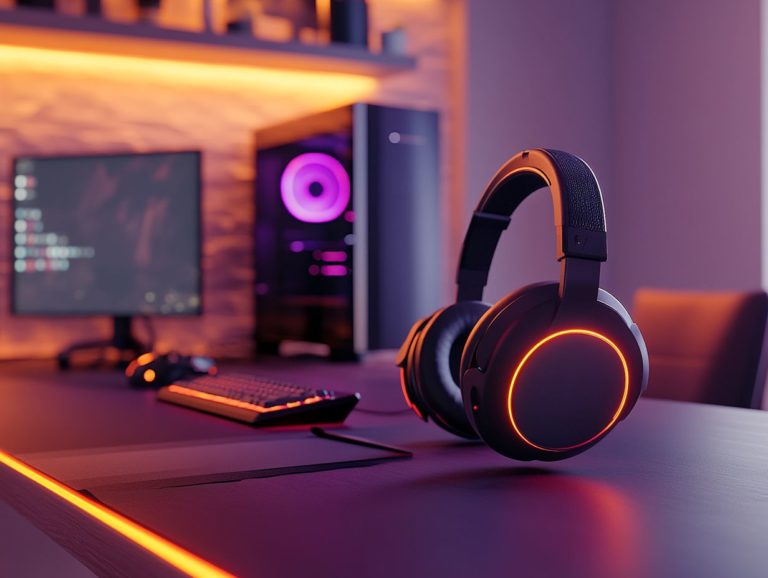how to get the best mic performance from your headset
Microphone performance can profoundly influence your audio experience, whether you’re immersed in gaming, streaming live, or participating in a conference call.
Grasping the factors that affect your headset microphone’s quality is crucial for achieving crystal-clear sound. This guide will walk you through optimizing performance by focusing on proper placement, adjusting settings, and troubleshooting common issues. It also helps you select the perfect headset tailored to your needs while offering maintenance tips to ensure your microphone remains in peak condition.
Don t wait elevate your audio game to new heights today!
Contents
- Key Takeaways:
- Understanding Microphone Performance
- Optimizing Headset Microphone Performance
- Common Issues and Troubleshooting
- Choosing the Right Headset for Your Needs
- Key Factors for Choosing Your Headset
- Maintenance and Care for Optimal Performance
- Frequently Asked Questions
- 1. Can I improve the mic performance on my headset?
- 2. How can I adjust the settings on my device to improve mic performance?
- 3. What is the ideal placement for the mic on my headset?
- 4. How can I test the mic performance on my headset?
- 5. Is it worth investing in a higher quality headset for better mic performance?
- 6. Are there any external accessories that can improve mic performance on my headset?
Key Takeaways:
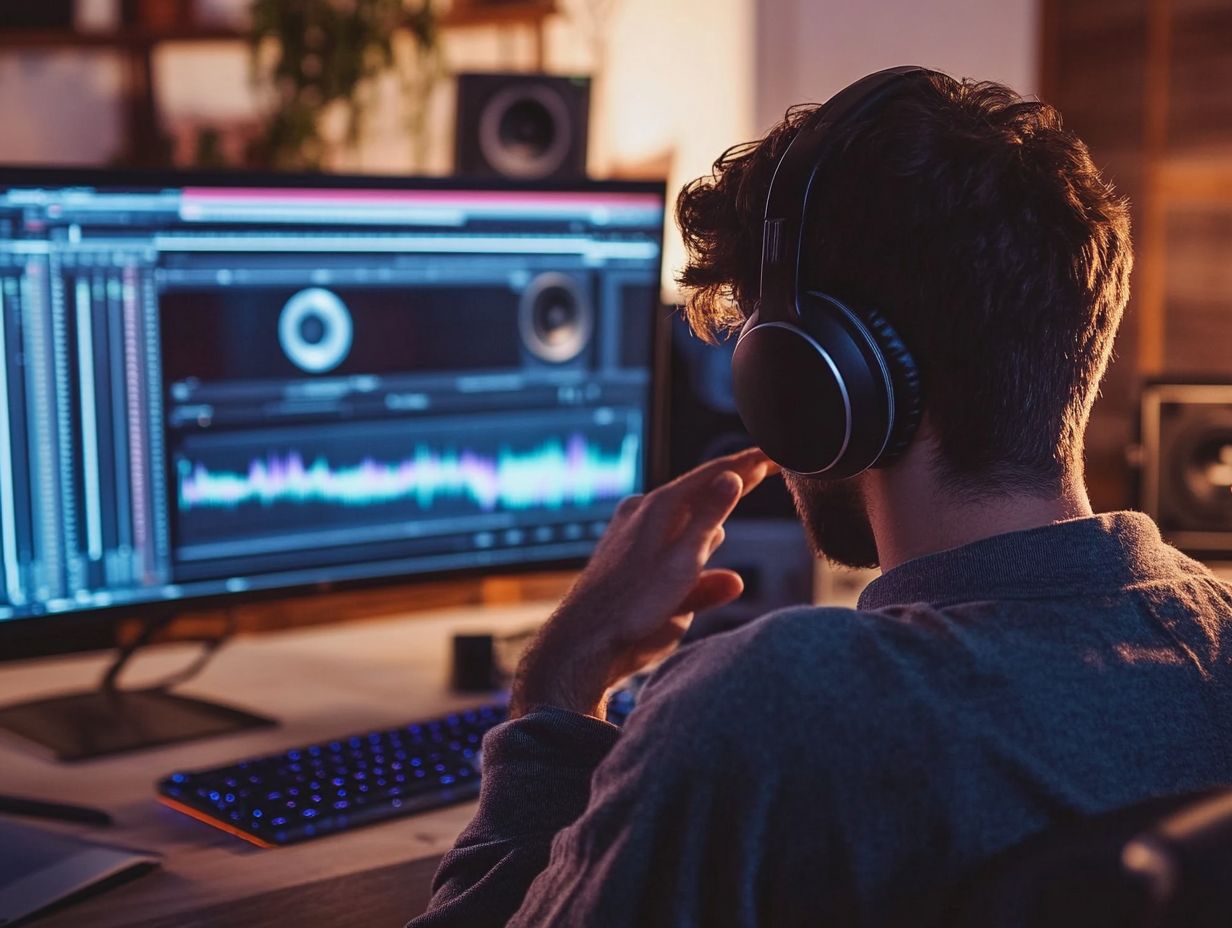
Proper placement and positioning of your headset’s microphone is crucial for optimal performance. Consider the distance from your mouth, background noise, and the direction of the microphone.
Adjusting settings and levels can significantly improve the performance of your headset’s microphone. To get the most out of your audio experience, consider what to know about gaming headset microphones and experiment with different levels and settings to find the perfect balance for your environment and needs.
Regular maintenance can ensure long-lasting and optimal performance from your headset’s microphone. This includes cleaning and proper storage.
Selecting the right headset for your needs is essential for the best microphone performance.
Understanding Microphone Performance
Understanding microphone performance is crucial for achieving exceptional audio quality across various applications, whether it’s music production, podcasting, or gaming. Key factors such as the type of microphone and compatibility with your audio interface play a significant role in influencing sound quality.
Familiarizing yourself with these elements enables informed decisions regarding mic placement and adjustments. This guide will help you discover the key factors that affect microphone performance, allowing you to refine your recording techniques and elevate overall sound clarity.
What Affects Microphone Performance?
Several factors influence microphone performance, including audio quality, background noise levels, and pickup patterns like cardioid. Understanding these factors is crucial for optimal sound capture.
When managing background noise, it s essential to understand the characteristics of different microphone types. For example, dynamic microphones excel at rejecting ambient sounds thanks to their tighter pickup patterns, making them ideal for live settings or noisy recording environments.
On the other hand, condenser microphones capture a broader frequency range and are more sensitive. This sensitivity can be beneficial in quieter settings, but it may also result in unwanted noise pickup in busier areas.
Don’t overlook the importance of using pop filters; they re essential for eliminating plosive sounds like pesky ‘p’ and ‘b’ that can muddy your audio quality.
If you’re using a condenser mic in a studio setup, position it away from reflective surfaces and use soundproofing materials. This can significantly enhance clarity and minimize interference.
Optimizing Headset Microphone Performance
Optimizing your headset microphone’s performance is essential for achieving crystal-clear audio during voice chats, streaming, or gaming sessions. Precise adjustments to your audio settings, such as noise suppression and sound sensitivity, can greatly enhance voice clarity while minimizing unwanted background noise.
Understanding your specific acoustic environment and the type of headset you’re using can lead to remarkable improvements in sound quality, enhancing your overall recording experience.
Proper Placement and Positioning
The proper placement and positioning of your microphone can significantly elevate the audio quality and clarity in your vocal recordings. In podcasting or music recording, different angles and distances affect sound capture.
If your microphone is positioned too far from the sound source, it may pick up unwanted ambient noise, resulting in a muddled recording. Conversely, placing it too close might lead to distortion.
Adjusting the microphone to about six to twelve inches away and angling it slightly toward your mouth can achieve a perfect balance, enhancing both clarity and depth. Incorporating pop filters and sound-absorbing panels can further reduce background noise, allowing the subtle nuances of your vocals to shine through, uninterrupted.
Adjusting Settings and Levels
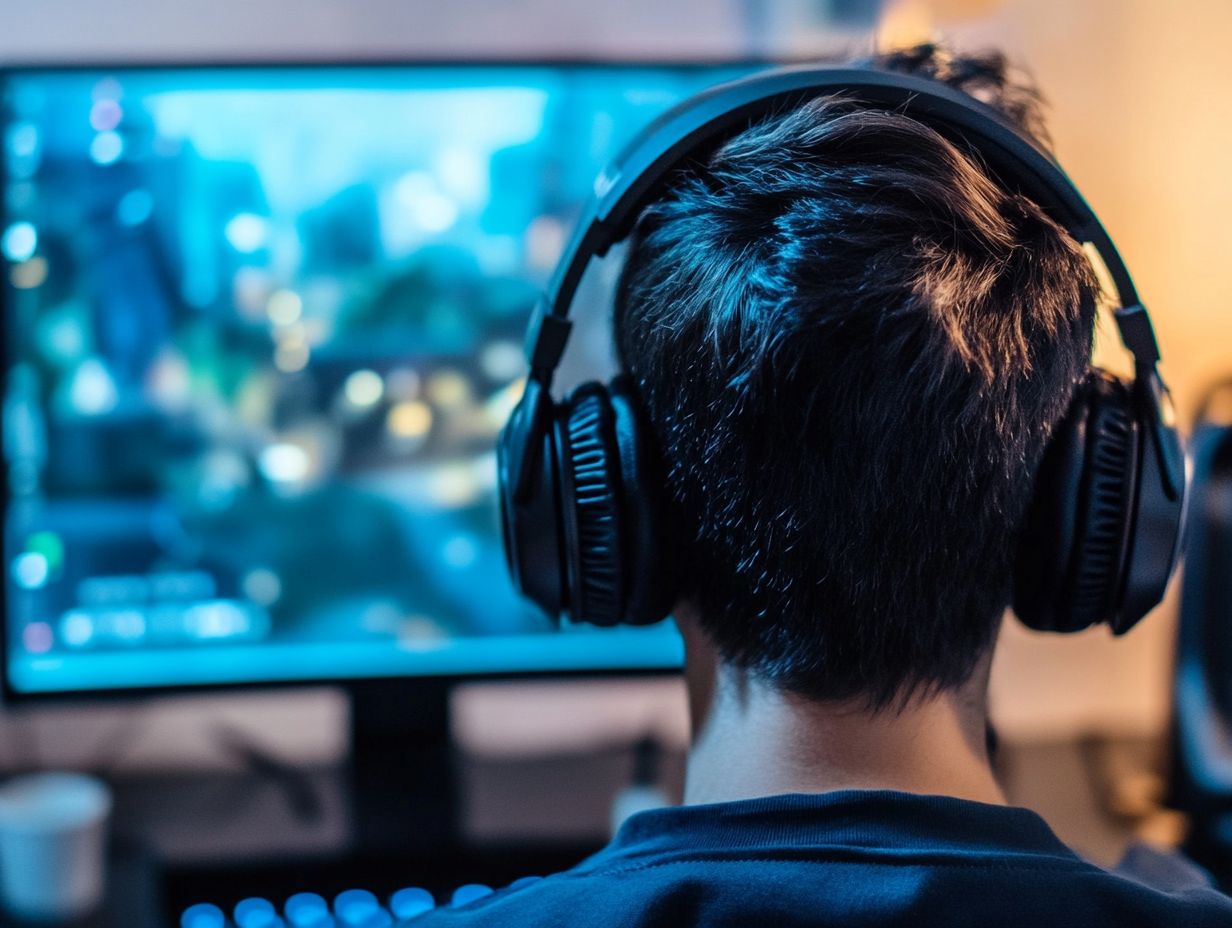
Adjusting settings and levels, such as gain, EQ, and compression, is essential for optimizing your microphone s performance.
Think of the audio interface as the vital bridge between your microphone and recording device, making adjustments that improve sound quality.
For example, setting the gain levels correctly allows your microphone to capture audio as intended, creating a perfect balance between clarity and volume. Increasing the gain makes softer vocal performances more pronounced, all without risking distortion or clipping.
Applying EQ enables you to tailor the sound by boosting or cutting specific frequencies. A slight reduction in mid-range frequencies smooths out vocals, while a touch of high-end adds brightness.
Using a compressor levels out dynamics, letting softer sounds shine through while preventing louder peaks from overpowering the mix.
With these smart adjustments, you can turn a basic recording into something truly polished, perfect for streaming or professional use.
Common Issues and Troubleshooting
Common challenges like background noise, feedback, and microphone sensitivity can deeply affect audio quality in your recordings and live sessions.
Recognizing these issues early is crucial for applying effective troubleshooting techniques. Mastering the art of adjusting levels, using audio filters, and enhancing your settings leads to clearer sound and a polished output be it for podcasts, streaming, or video chats.
Background Noise and Feedback
Background noise and feedback are critical issues that significantly undermine audio quality during recordings or live sessions. These disruptions often arise from various sources, including ambient sounds from the environment, electronic interference, or improper microphone settings.
To tackle these challenges effectively, employ methods for noise suppression, such as noise gates or audio filters during post-production.
Microphone positioning is crucial. Placing the microphone closer to the sound source dramatically reduces background interference. Adjusting gain settings to the right level helps reduce unwanted noise, ensuring you capture clearer audio.
For superior audio quality, conduct thorough sound checks in the recording environment and experiment with different microphone types to discover the best fit for your needs.
Microphone Sensitivity and Clipping
Microphone sensitivity and clipping are crucial elements that impact sound quality and recording fidelity. Understanding sensitivity is key it defines how effectively your microphone converts sound waves into electrical signals, affecting clarity and richness of the audio captured.
When sensitivity is set too high, you risk encountering clipping, where the audio signal surpasses the maximum level your microphone or recording device can handle, leading to distortion. This issue can be troublesome in live settings or when recording dynamic sound sources.
To achieve optimal audio output, find the right balance in your gain levels. Striking this balance ensures your recordings remain clear and undistorted while capturing the full range of sound. Regularly monitoring levels during recordings helps maintain this delicate equilibrium.
Choosing the Right Headset for Your Needs
Selecting the perfect headset is essential for achieving optimal performance and voice clarity during pivotal moments, whether gaming, conducting interviews, or recording podcasts.
With numerous options available, pinpoint the specific features that will enhance your experience, including:
- Microphone quality
- Comfort
- Audio clarity
- Headset design
- Compatibility with platforms like Discord or Streamlabs
Try these tips now and take your audio quality to the next level!
Key Factors for Choosing Your Headset
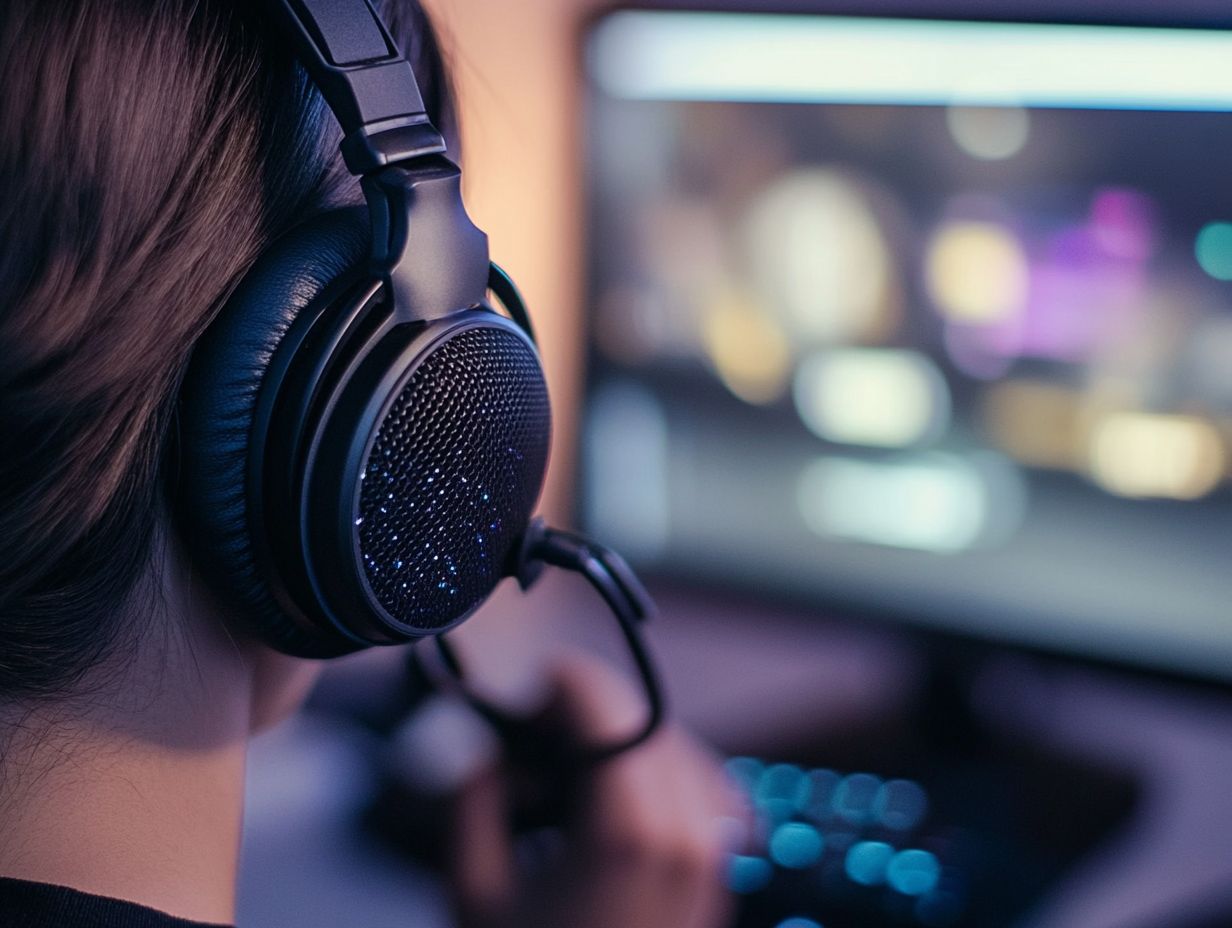
When selecting a headset, consider several crucial factors, including your audio needs, microphone quality, and comfort.
Understanding your specific audio requirements is essential. For instance, you might prioritize deep bass for immersive gaming.
Others may seek crisp treble for enjoying music. Microphone quality is equally important; it ensures clear communication, especially in professional or gaming environments, where clarity can directly impact your performance.
Comfort should not be overlooked. A well-fitting headset enhances your listening experience and allows for extended use without causing fatigue.
You should also consider compatibility with various platforms, whether PC, console, or mobile, for seamless integration into your setup.
Testing your microphone before buying can save you from disappointment. Make sure it meets your communication standards!
Maintenance and Care for Optimal Performance
Maintaining and caring for your microphone is essential for achieving optimal performance throughout its lifespan.
Regular cleaning and appropriate storage techniques can significantly enhance the longevity of your equipment while preserving audio quality.
Following best practices for microphone care allows you to sidestep potential issues related to dust, moisture, and wear, ensuring that your recordings remain pristine.
Cleaning and Storage Tips
Cleaning and proper storage are vital for preserving the performance and audio quality of your microphones.
Each type of microphone dynamic, condenser, or ribbon has unique cleaning techniques to ensure longevity and peak function.
For example, gently wipe dynamic microphones with a soft, dry cloth, while condenser models require a more delicate touch due to their fragile components.
Keep any microphone away from moisture, as exposure can cause irreversible damage and degrade sound quality.
To maintain audio integrity, wrap your microphones in suitable pouches and store them upright in a climate-controlled environment, away from extreme temperatures.
Regular maintenance keeps your equipment in top condition and enhances performance during recording sessions.
Frequently Asked Questions
1. Can I improve the mic performance on my headset?
Yes, you can improve mic performance by adjusting device settings, optimizing mic placement, or upgrading to a higher-quality headset.
2. How can I adjust the settings on my device to improve mic performance?
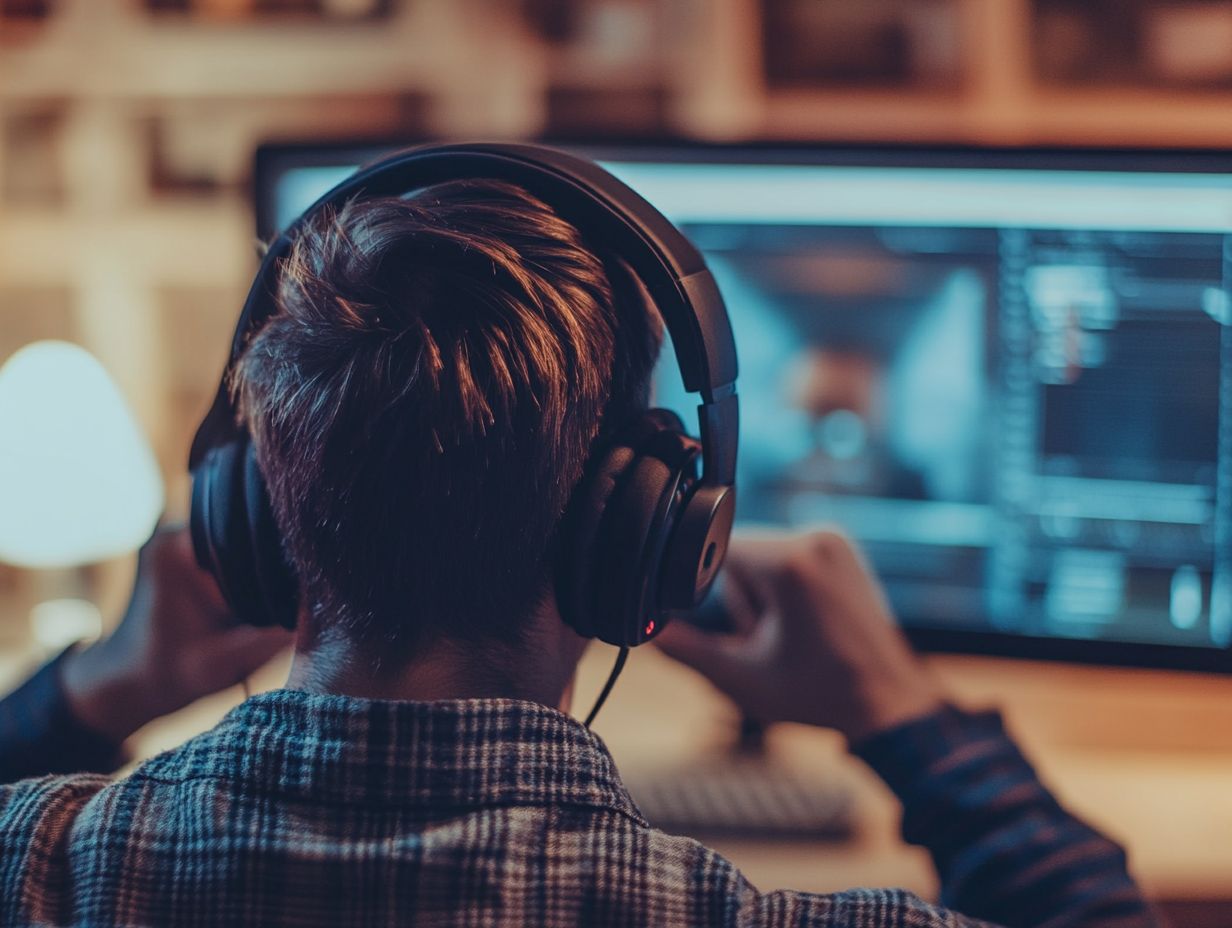
First, ensure your device’s microphone input is set to the correct headset. Then, adjust the volume and sensitivity settings to find the best balance for your voice.
You may also try adjusting noise cancellation or echo settings if available.
3. What is the ideal placement for the mic on my headset?
The ideal placement for the mic is close to your mouth, but not touching it. This allows for clear audio capture without distortion or breathing noises.
Some headsets have a built-in noise-canceling feature that can help improve mic performance.
4. How can I test the mic performance on my headset?
You can test the mic by using a recording app or software. Speak into the mic and listen back to check for clarity, volume, and background noise.
Asking a friend for feedback on audio quality can also be helpful.
5. Is it worth investing in a higher quality headset for better mic performance?
It depends on your specific needs and usage. If you frequently use your headset for calls, gaming, or recording, investing in a higher-quality headset can greatly improve mic performance.
However, if you only use it occasionally, adjusting settings and placement may be enough.
In summary, understanding your needs and properly caring for your equipment can significantly enhance your headset’s microphone performance. Explore your options and find the best fit for you!
6. Are there any external accessories that can improve mic performance on my headset?
Yes! You can boost your mic’s performance with external accessories like pop filters, windshields, and mic booms.
These tools help cut down background noise, filter out unwanted sounds (like “p” and “b” sounds), and significantly enhance sound quality. Upgrade your setup today for a clearer audio experience!

